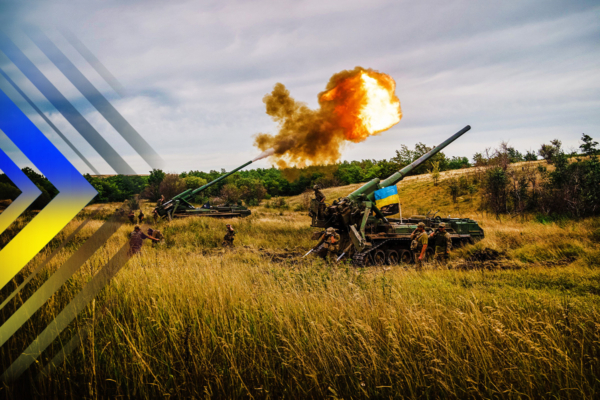In today’s society, the role of weapons and armies is endowed with a deeper meaning than mere slaughter. Powerful military forces are often used for deterrence, maintaining world peace, and ensuring human security. While wars have become more covert, they have never truly ceased. “Current Military Affairs” takes you to the forefront, shedding light on the details and truths of the battle between righteousness and evil.
There is no doubt in people’s minds today that the war in Ukraine is a war of attrition. In this conflict, whoever maintains a sustained advantage in ground firepower seems to be closer to victory.
Looking at the frequently cited numbers alone may cause concern for the situation in Ukraine. Although there are varying interpretations when observing ammunition supply issues from different angles, it is generally acknowledged that Russia holds a significant advantage over Ukraine in terms of ground artillery firepower. The number of ammunition rounds fired by Russian forces on the battlefield is usually five times more than Ukrainian forces and can sometimes reach ten times or more.
Since the start of the war in 2022, Russia has consistently fired many more shells per day compared to Ukraine, and during the catastrophic offensive in June 2023, this ground firepower disparity reached its peak. The overwhelming quantity of ammunition compensates for Russia’s deficiencies in equipment, battlefield intelligence, and command and control systems. Despite significant casualties and equipment losses, Russian forces have managed to achieve even minor tactical progress, underscoring the crucial impact of ground artillery firepower on the battlefield.
Both the United States and Europe have pledged to provide Ukraine with millions of shells this year, but the delivery process has not been smooth. This situation has led to Ukrainian frontline forces not receiving sufficient ammunition supplies despite commitments of military assistance from the US and the West. A Ukrainian frontline commander mentioned that they can only fire a few rounds a day to cover a seven-mile front. Meanwhile, Russian forces seemingly have almost limitless ammunition supplies, allowing them to continue attacking Ukrainian positions with sustained firepower.
Ground artillery fire accounts for 80% of casualties on both sides. While this may have changed due to Russia’s use of air-launched glide bombs to bolster its artillery advantage, Ukraine is also expanding the role of reconnaissance and attack drones on the battlefield. Regardless of the impact these variables have on the battlefield, artillery remains a primary means of engagement.
Surprisingly, providing 155mm shells to Ukraine may seem like a minor issue compared to long-range guided weapons and anti-aircraft missiles, yet it is a crucial factor restricting Ukraine’s battlefield situation. It even involves the entire ammunition production capacity of the United States and Europe.
The massive consumption of ammunition requires support from wartime military industrial production capacity and raw material supply chains. Turning our focus to shell production in arms factories reveals that Russian arms factories operate 24 hours a day, manufacturing low-technical-content military products like shells seemingly unaffected by international sanctions. Russia can produce between 3 to 5 million shells annually. Additionally, Russia can purchase more shells from North Korea. It’s worth noting that China could potentially be another significant source of military supplies. Recently, China’s army switched its artillery caliber from 152mm to 155mm, implying a substantial potential arsenal of 152mm ammunition that could be provided to Russia.
In contrast, the combined daily shell production of the United States and Europe amounts to only a few thousand, with an annual total shell production of less than one million. Clearly, with current production levels, the US and Europe cannot guarantee sufficient supplies of ground artillery ammunition to Ukraine. This issue extends beyond simply extending working hours at defense enterprises and involves concerns about artillery production infrastructure and raw material supply chains.
Conventional 155mm shells are primarily composed of three parts: a metal casing, explosive, and propellant. While these components are relatively easier to manufacture, the United States has been pushing to increase shell casing production. Last year, the Pentagon awarded a $217 million contract to General Dynamics to ramp up 155mm shell production at its facilities in Scranton and Wilkes-Barre, Pennsylvania, but a substantial increase in 155mm shell production is not expected until next year.
The preferred explosive for artillery shells is trinitrotoluene (TNT). TNT is more stable than conventional explosives and can be melted and used to fill shell casings. However, despite its stability, it still carries the risk of accidental detonation, causing casualties. Furthermore, TNT is toxic and has harmful environmental implications.

